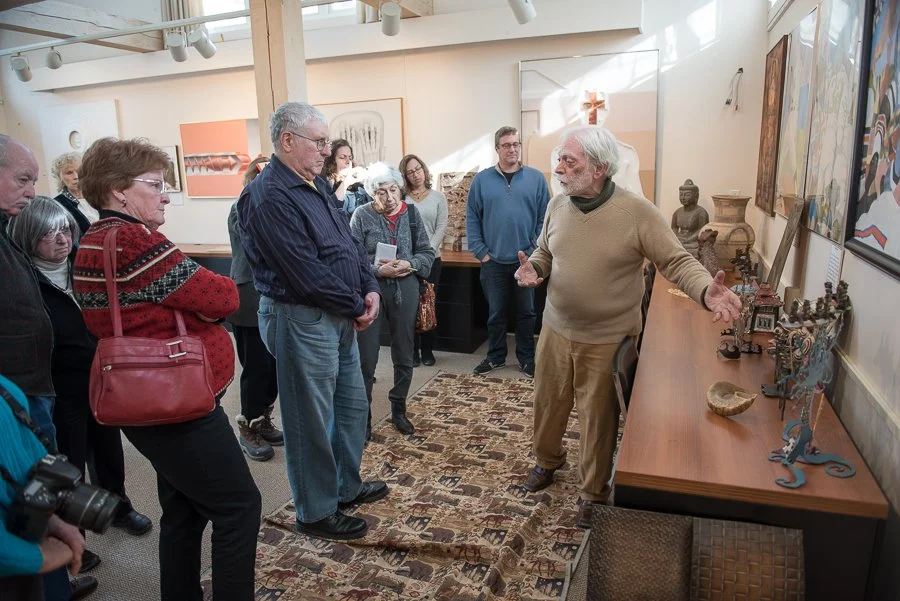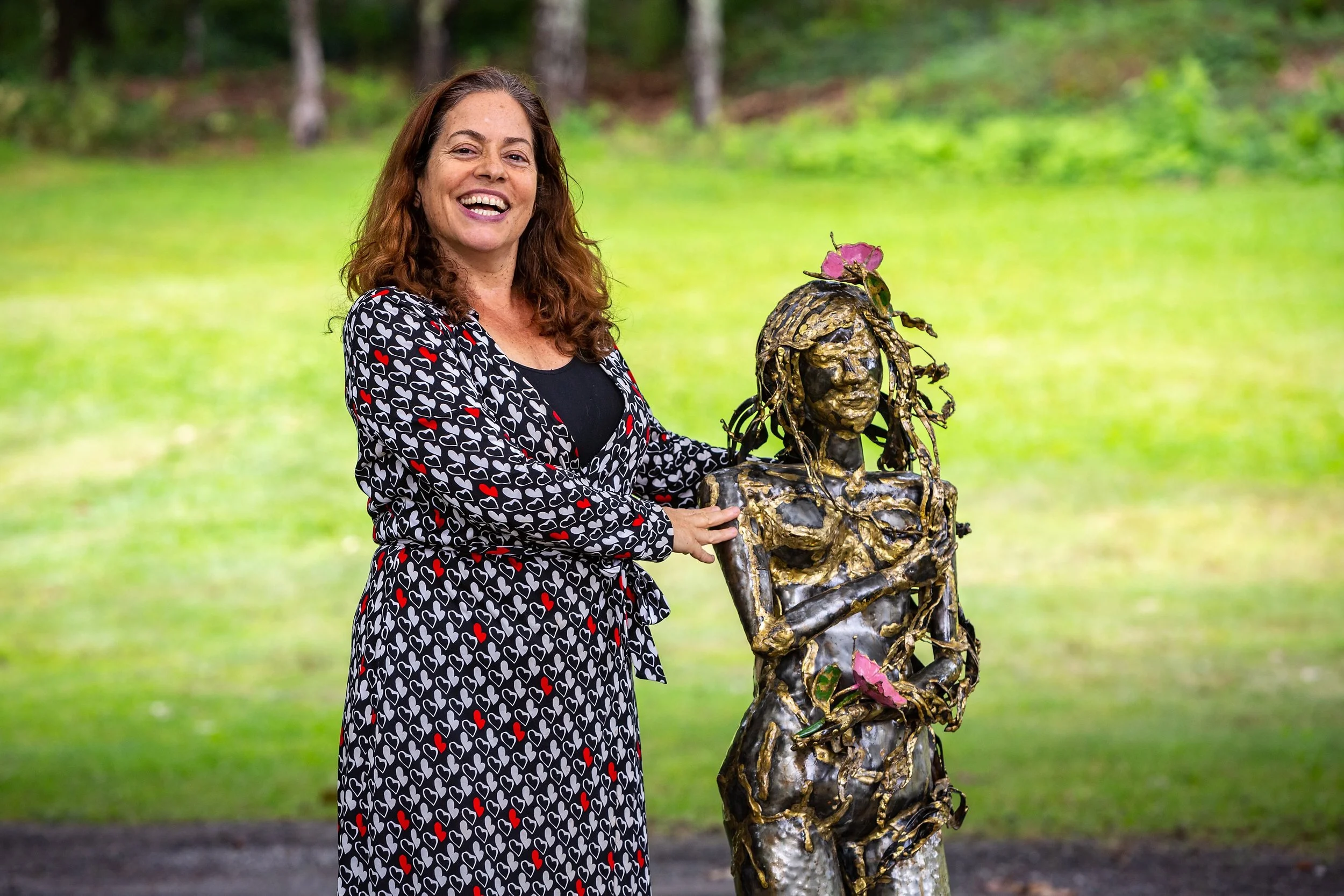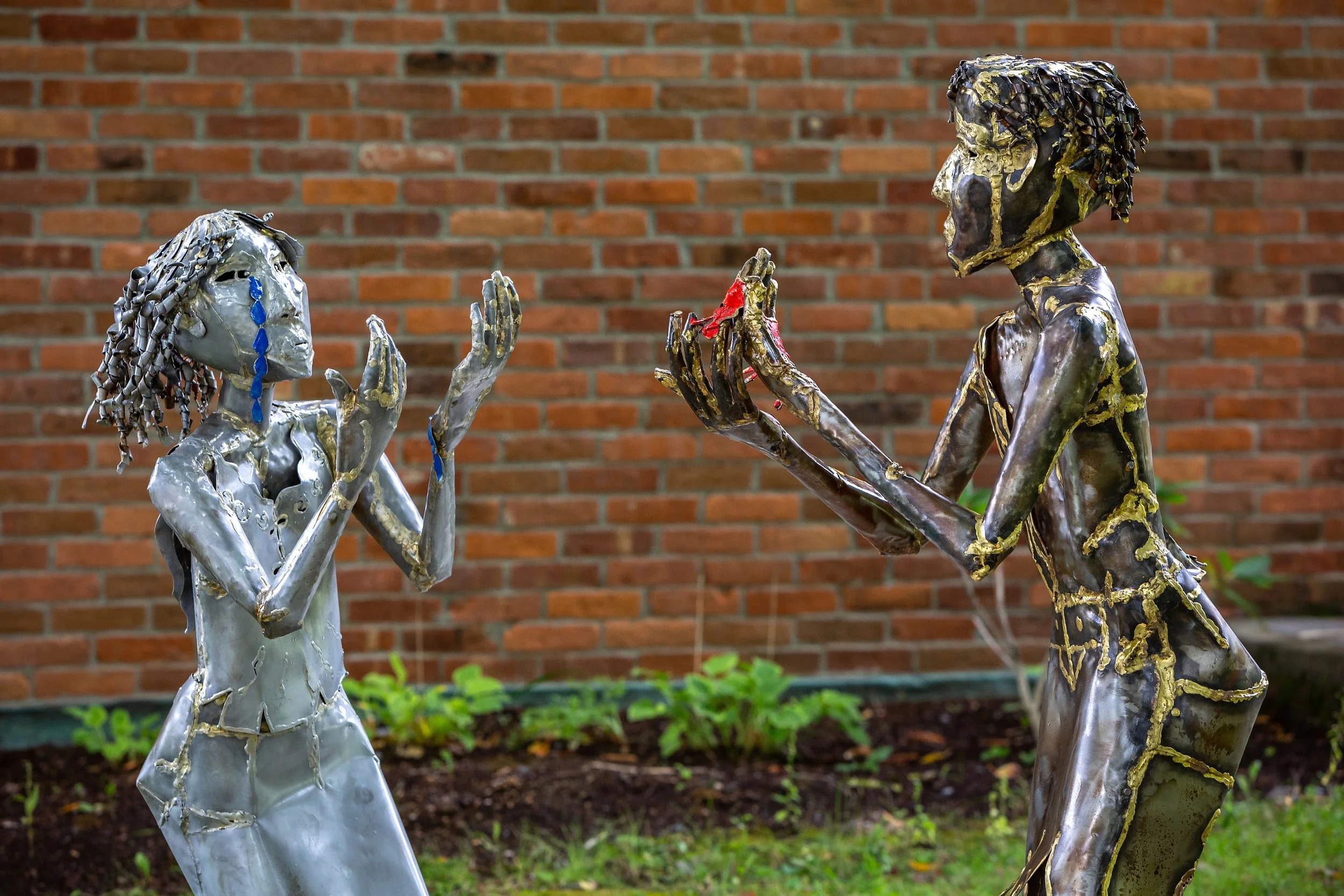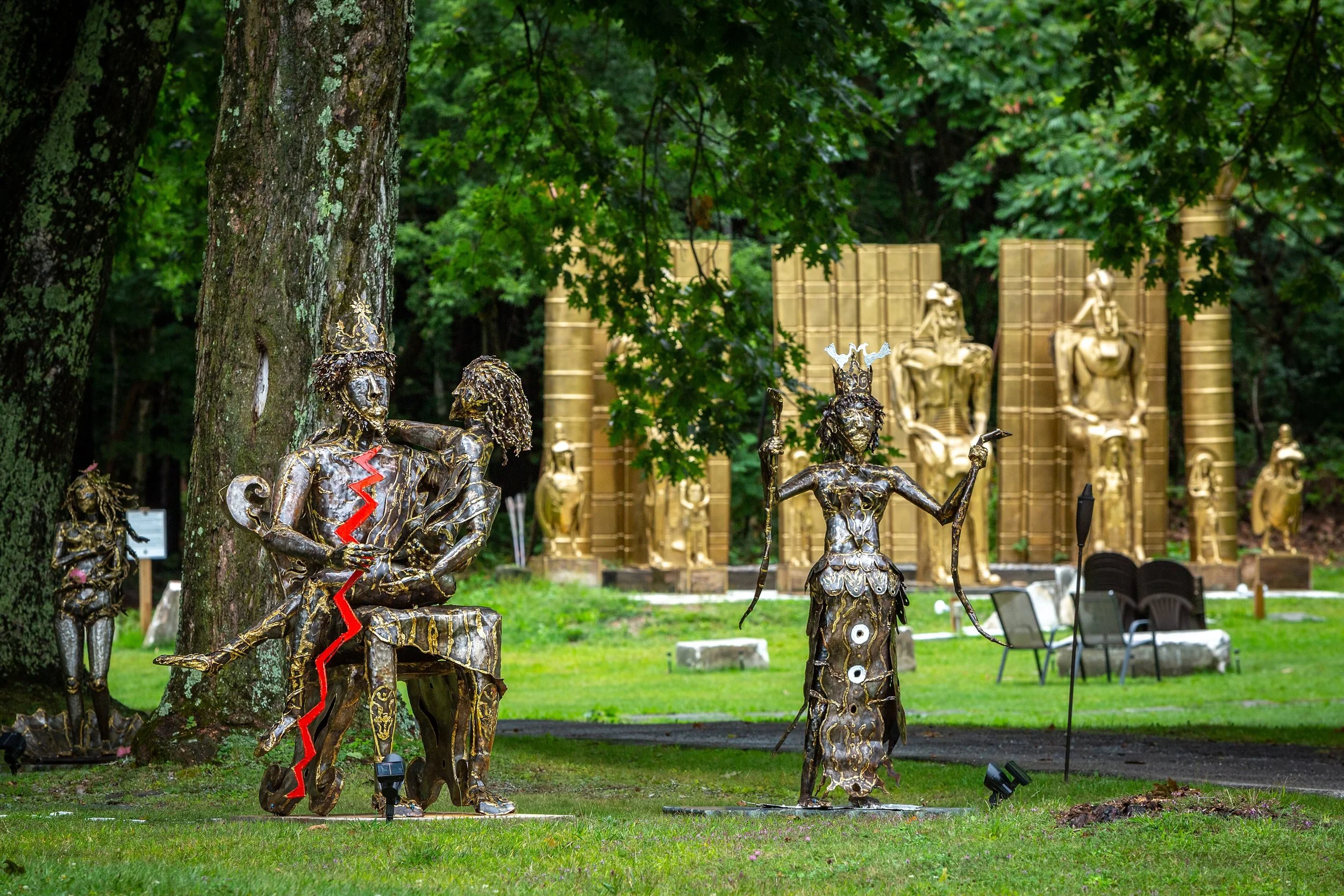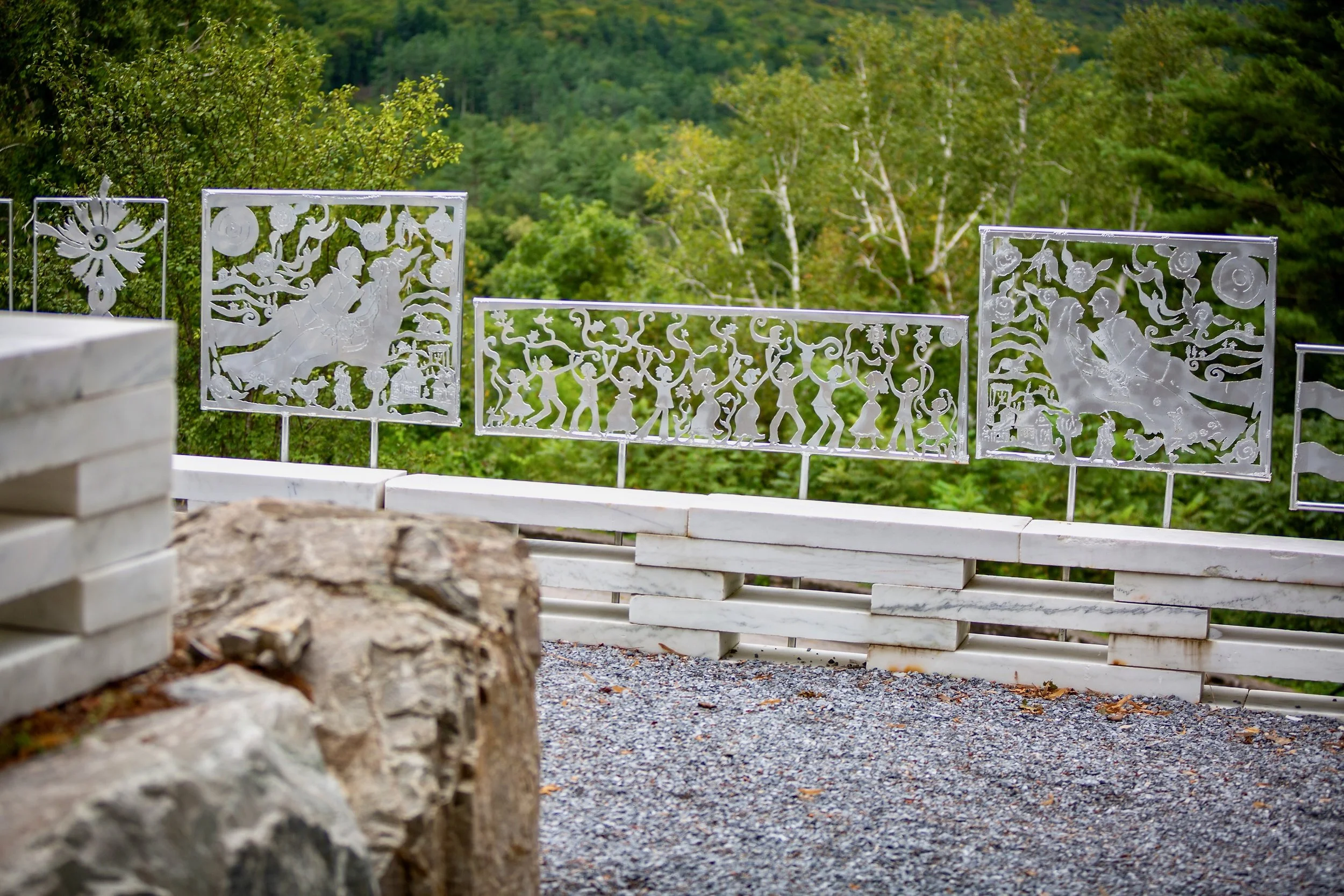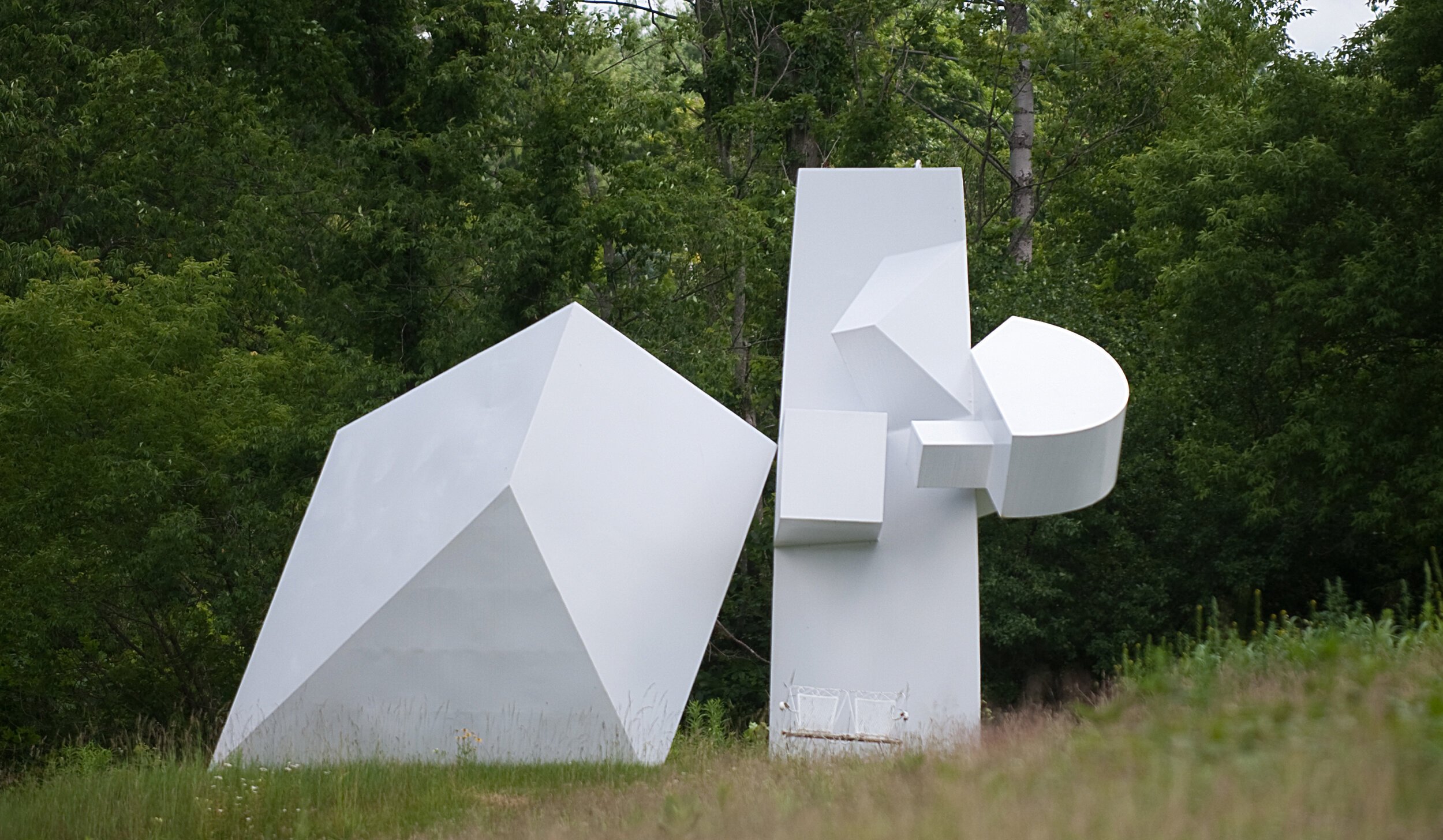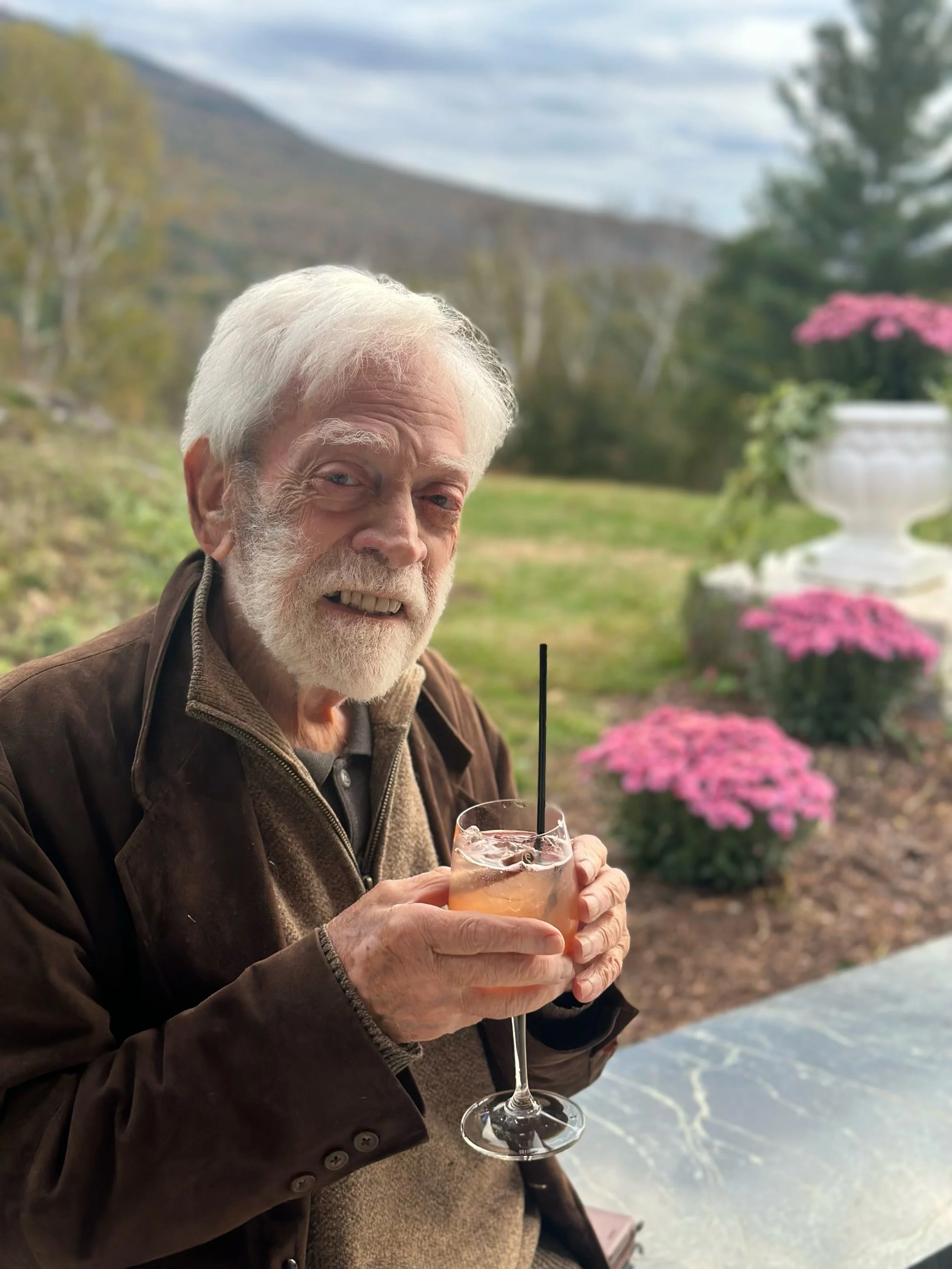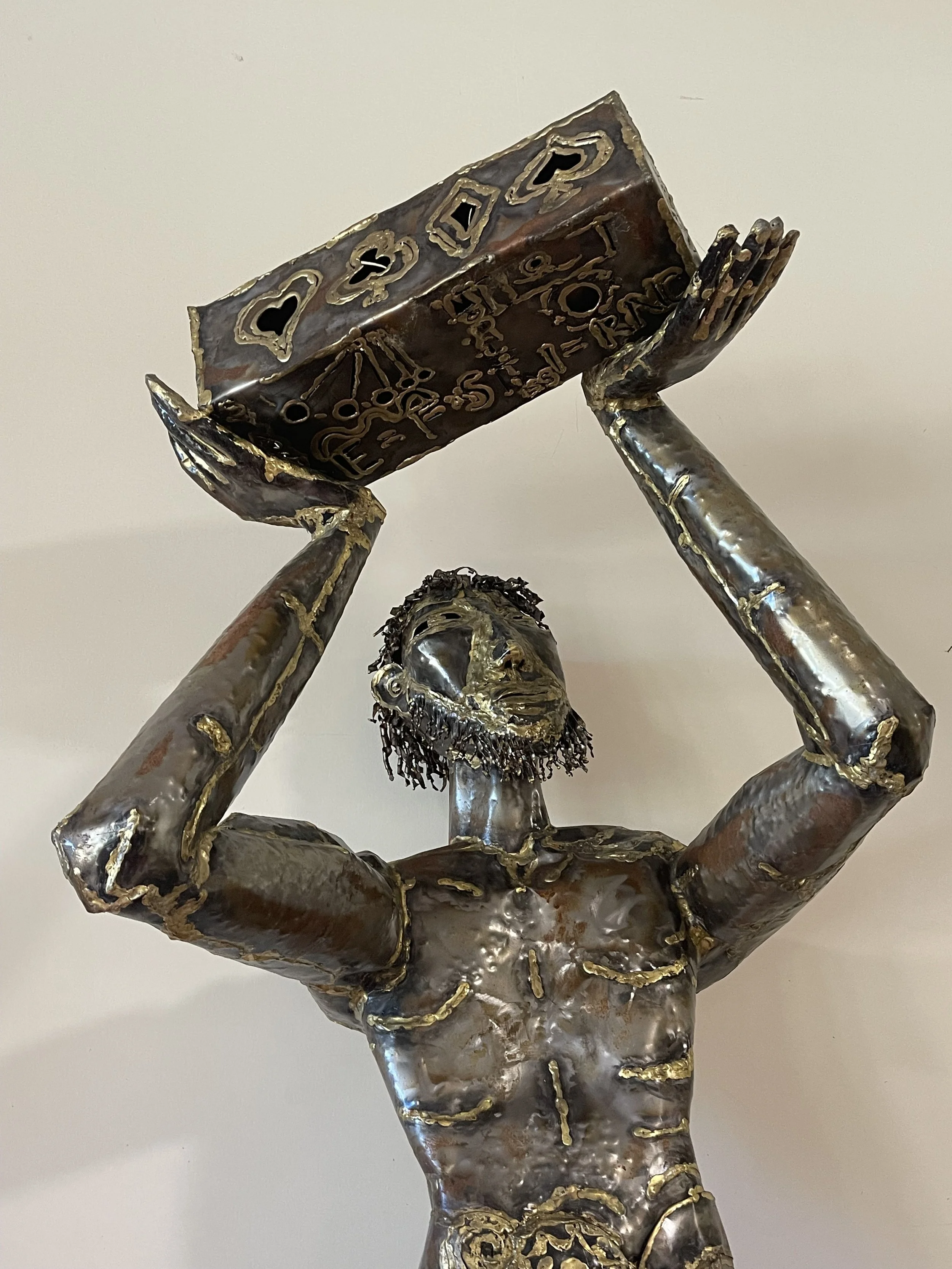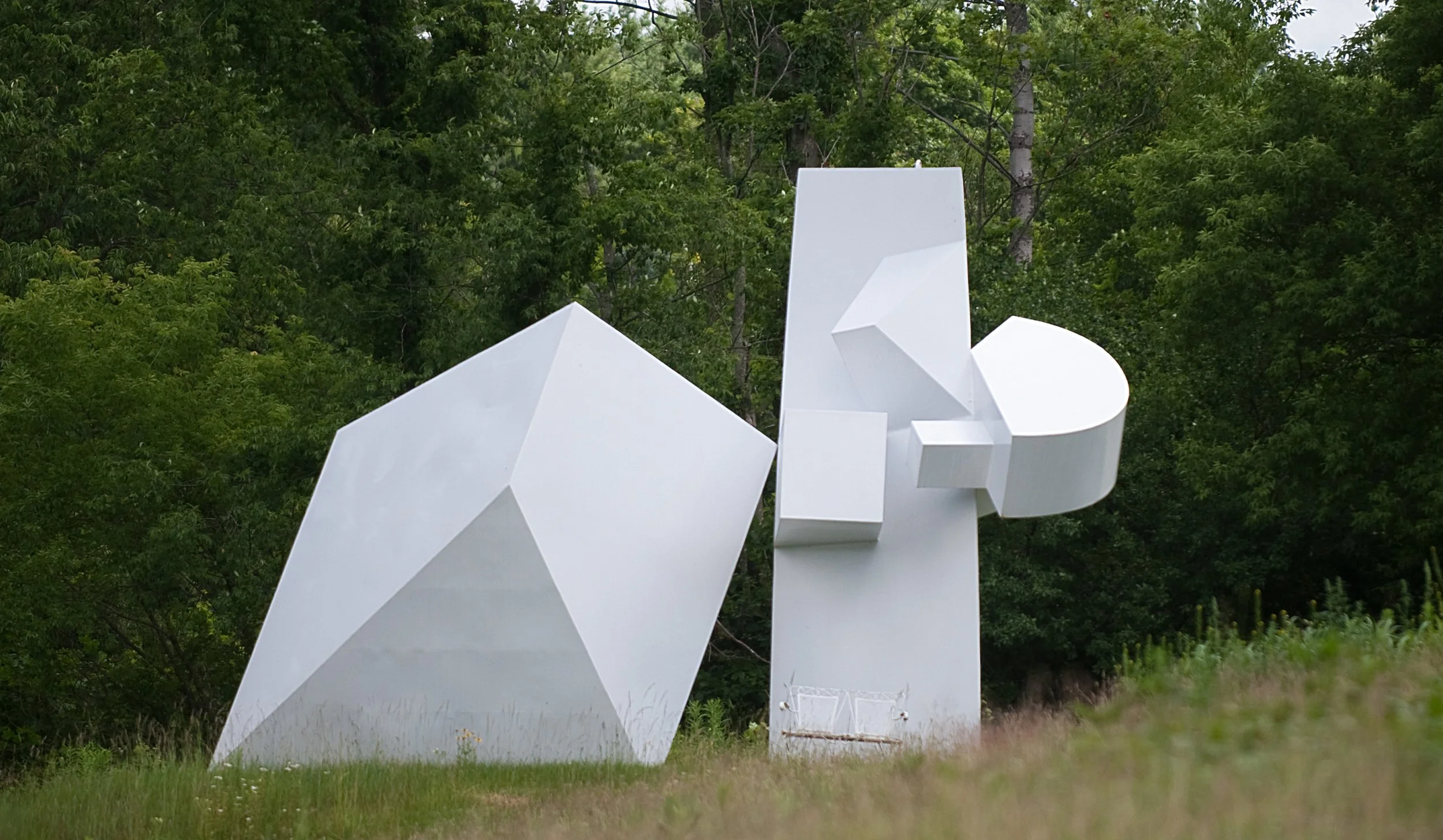
Welcome to the
Museum of the Creative Process

The exhibits of The Museum of the Creative Process introduce a major scientific breakthrough. Instead of admiring the aesthetics of isolated works of art, the exhibits illustrate continuity among artwork as units of conflict resolution, revealing the emotional transformative structure of the creative process. This unit order transforms psychology into the science of conflict resolution, the moral science.
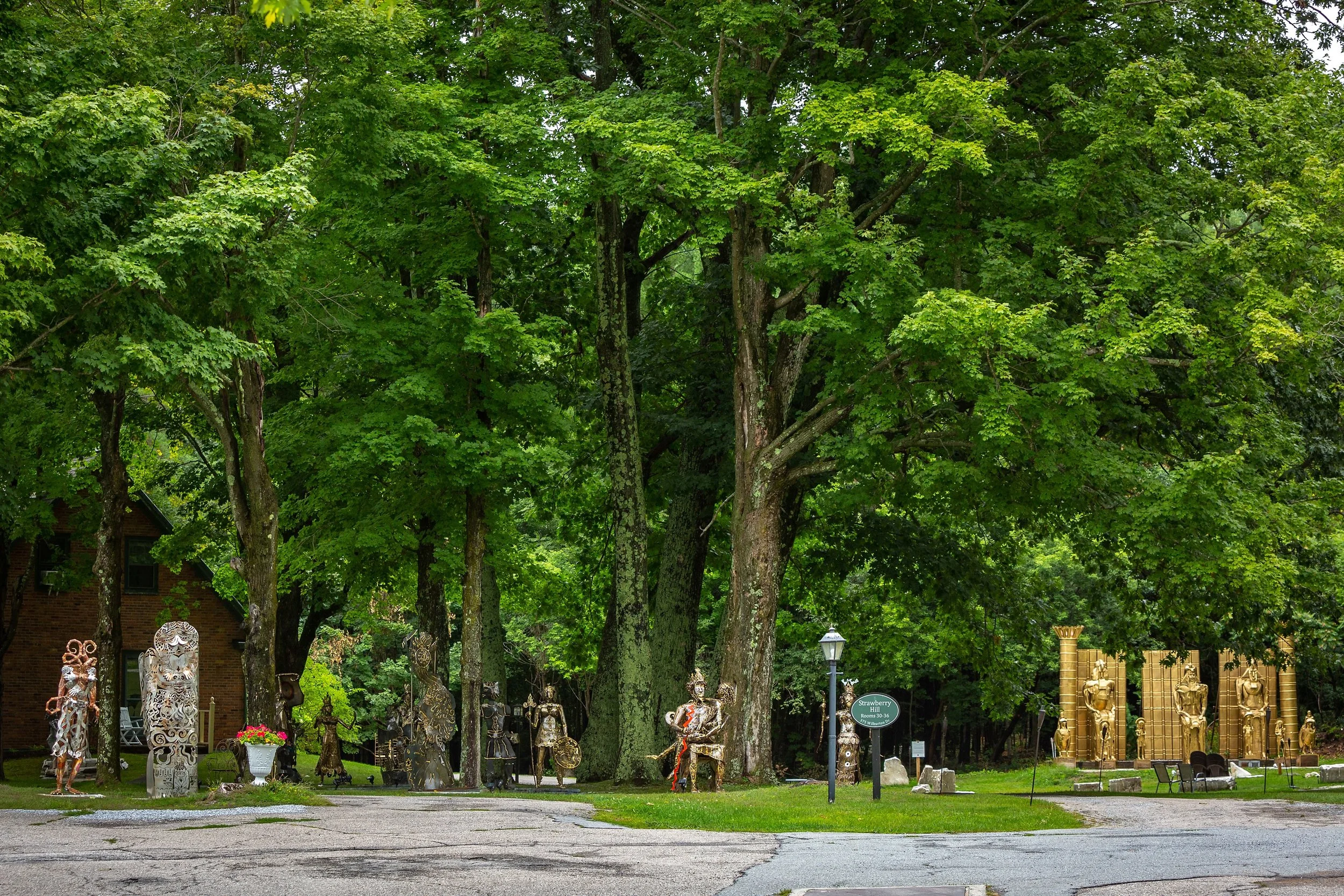
This image, from ‘The Sculptural Trail in the History of Love’, juxtaposes three cultures: matriarchy of the Aztecs, patriarchy in Greece, and monotheism in Judea. The sculptures illustrate the evolution of the family institution as a progression of conflict resolutions. The Museum of the Creative Process advance the era of wisdom, where psychology, art, and spirituality converge through science.

The Museum of the Creative Process celebrates psychology as the science of conflict resolution by delivering a concise program of emotional education, Creativity and Power Management, which centers on three objectives:
Integration of art and science, psychology and morality: Through viewing the art exhibits, we integrate emotions and energy and learn about psychology’s disciplines, including wellness diagnoses, a personality typology as the alternative ways of resolving conflicts.
Self-discovery: Through utilizing the Conflict Analysis Battery, an online self-assessment, automatically interpreted by Artificial Intelligence, we can identify our own type of conflict resolution.
Clarity on moral values: We identify the innate principles of conflict resolution as moderation, cooperation and mutual respect.
Creativity and Power Management retreats are available for individuals, couples, organizations, for professionals, therapists, teachers and clergy. Emotional literacy is a civil right. Wisdom is teachable.
The Formal Theory
Learn about the unconscious as the unit of the social sciences. it abides by the laws of two phenomena of science. it is graphically portrayable, it is qualifiable as wellness diagnoses, it is measurable, it is driven by morality.
Experience our emotional education at the Paradigm retreat & conference center.

